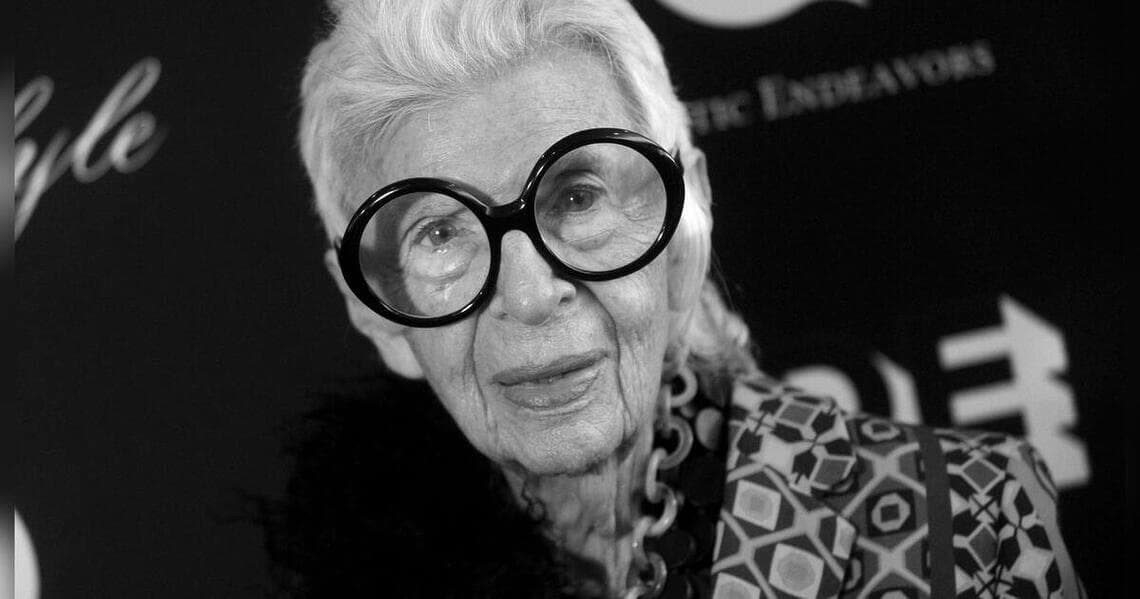
Women’s Day: Important icons inside fashion history
Women’s Day is celebrated on the 8th of March and, in order to pay tribute to them, we decided to do a recap of the most influential women in the history of fashion. Read on to find out who these women are and what they have done.
Women’s Day: A celebration of all the significant figures and designers who shaped the fashion history
Coco Chanel
Coco Chanel, born in Saumur, France on August 19, 1883, is a legendary figure who liberated women in the 20th century and helped fashion evolve. No matter how difficult her circumstances were, she was a rebellious person who never gave up on her convictions. She was the first to reject corsets and, as one might say, “invented” clothing to fit the contrasting silhouette for which she is most recognised. She combined masculine and feminine traits to produce something completely unique.
She brought in practical yet cosy clothing that made it easier for women to move around. Also, created designs that were elegant, functional, and simple. Adding to those characteristics, she supported releasing women from the shackles of petticoats and corsets.
Innovations and Signature Designs:
- Chanel No. 5: Possibly her most well-known creation.
- Quilted Purse: The iconic Chanel quilted handbag is a sought-after accessory. It is frequently adorned with the interlocked CC logo.
- Costume Jewellery: Chanel made costume jewellery fashionable and approachable by bringing it up to par.
- The Little Black Dress: Chanel transformed evening wear with her conception of a sleek, understated black dress. The “LBD” is still a basic piece of apparel.
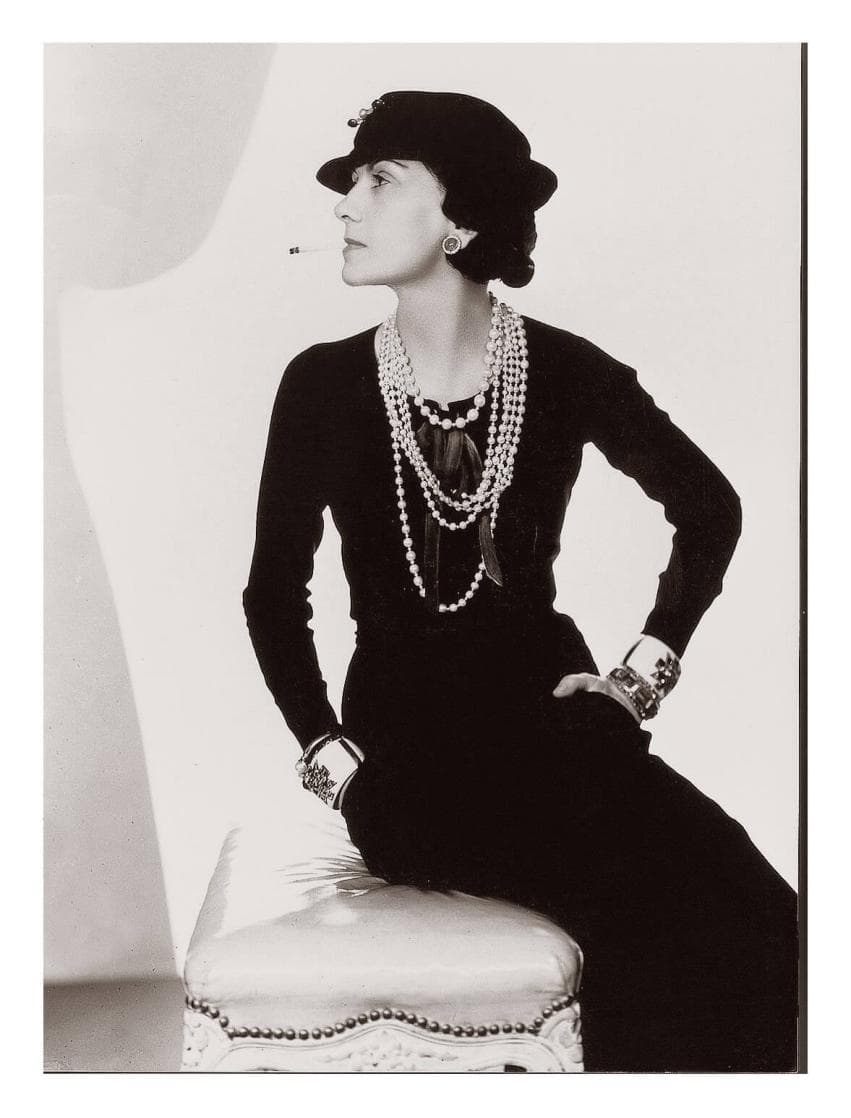
Iris Barrel was born in New York, in 1921, and her rise to fame in the fashion industry started in the textile industry rather than on the catwalk. In the 1950s, she began working for Old World Weavers. Her personal style evolved into her signature as a result of her skill with textiles and keen eye for design.
Bold colours, contrasting patterns, and striking accessories defined Apfel’s daring approach to style. Her signature pieces were her statement necklaces, her oversized round glasses, and her inventive pairings of designer and vintage pieces. She demonstrated that fashion is about individual expression rather than following trends by daring to try new things and frequently combining expensive labels with items from thrift stores.
Apfel’s extravagant personality and sense of style went beyond the borders of fashion. She rose to fame as a pop culture icon, making appearances in documentaries and advertisements, and eventually starting her own clothing and accessory brands. Her impact went beyond style, encouraging people to value their uniqueness and be true to who they are.
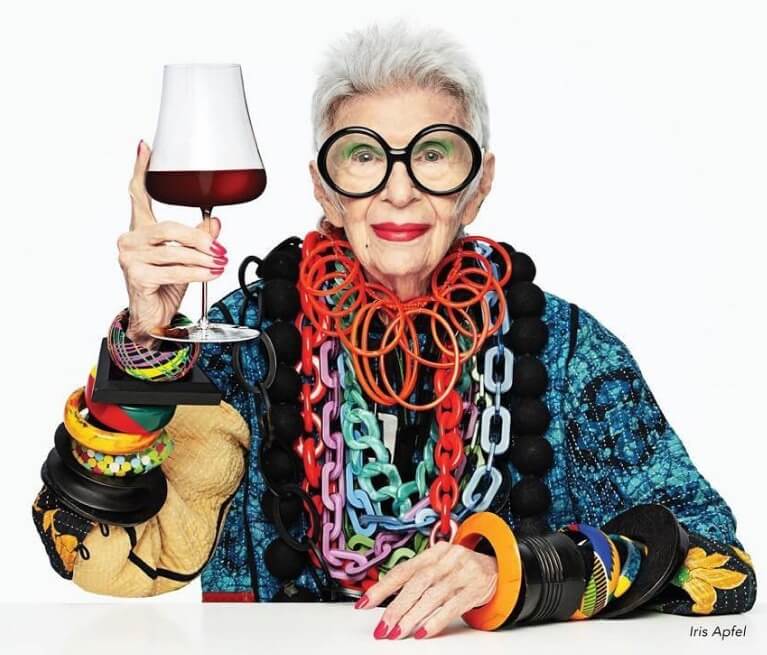
Ancient Greece had a big influence on fashion in the 1930s. Patterns like the Greek key and the meander have been appreciated in previous decades. However, the couturiers went back to creating long evening gowns that turned their clients into Greek statues in the 1930s. Madame Grès thrived as a haute couture designer because of these cultural influences. She kept her personal life hidden from the public and declined to discuss her method. She became known as “The Sphinx of Fashion” as a result.
Her parents were very opposed to her desire to become a sculptress. She then changed her passion to fashion, where she could use her sculpting skills to produce the floor-to-ceiling draped Grecian goddess gowns that have become her signature style.

Born in Hampstead, London, on November 3, 1949, Anna Wintour has made a lasting impression on the history of fashion. Wintour’s rise in the industry since she started her career in the 1970s has been nothing but remarkable. She started off as a contributor to magazines such as Harper’s Bazaar and British Vogue. In 1985, she was appointed editor-in-chief of British Vogue, bringing a fresh start to the magazine. She crossed the Atlantic to become the editor of American Vogue in 1988, and under her inspiring direction, the magazine became a world authority on fashion.
Her signature look, which includes her bob haircut and sunglasses, has elevated her to a celebrity status. Well-known for having an excellent sense of talent, she has been crucial in assisting up-and-coming designers and influencing market trends. Wintour’s influence extends beyond the pages of Vogue; her endeavours, like “Fashion’s Night Out” and her coordination of the Met Gala, highlight her position as a major player in the fashion industry.
Over the course of her career, Wintour has demonstrated not only editorial brilliance but also a deep comprehension of the business and cultural dynamics that shape the constantly changing fashion industry.

Elsa Schiaparelli, who was born in Rome in 1890, is known as a pioneer in the fashion industry. Schiaparelli was an Italian fashion designer who gained notoriety for her avant-garde and surrealist designs. She was essential in influencing the development of fashion in the early to mid-20th century. Her avant-garde creations questioned conventional ideas of femininity and displayed a whimsical and audacious take on couture.
After founding her own fashion house in Paris in 1927, Schiaparelli became well-known for her distinctive and eccentric designs. She pioneered the renowned “lobster dress” and the “shoe hat,” collaborating with artists like Salvador Dalí, demonstrating her dedication to breaking down barriers. Schiaparelli stood out from her peers with her designs, which were praised for their innovative style. Even though Schiaparelli closed her original fashion house in 1954, her influence lives on, inspiring a new generation of designers and leaving a lasting impression on the world of haute couture.
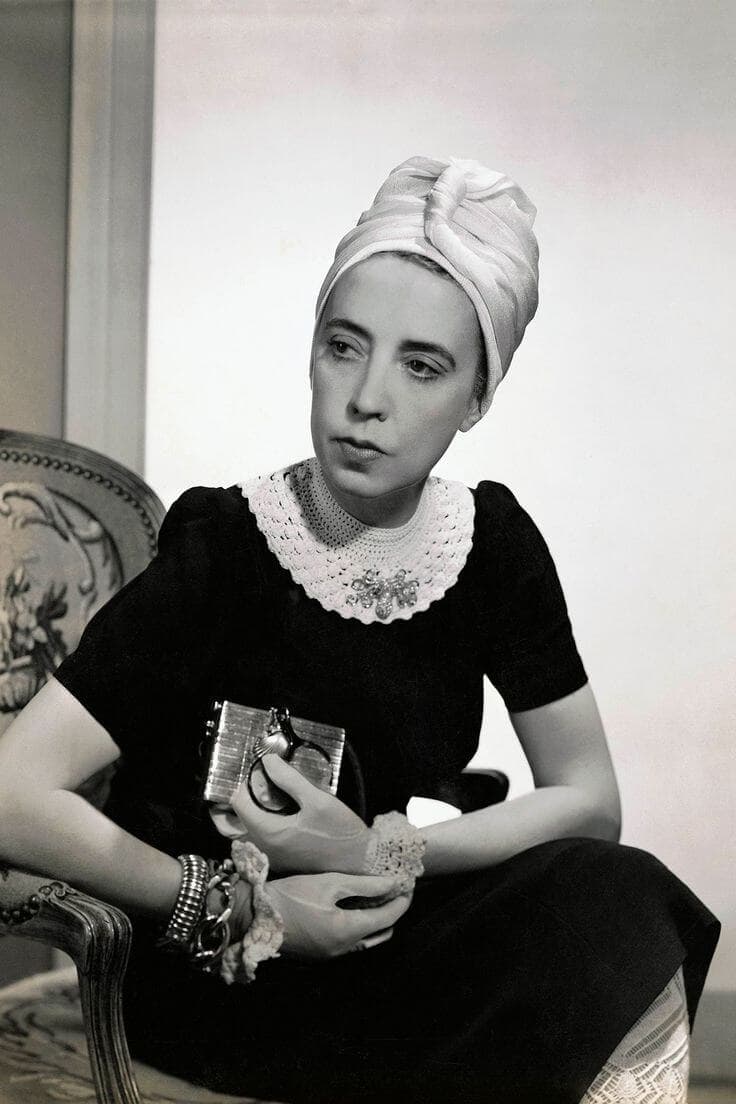
With her inventive and useful designs, the American fashion designer Bonnie Cashin made a lasting impression on the industry. Cashin, who was born in 1908, started her professional life in the 1930s and gained notoriety in Hollywood as a costume designer. Her innovative approach to fashion introduced the idea of layering and incorporated elements of sportswear into regular clothing, showcasing a fusion of style and functionality.
When Cashin joined the well-known leather goods company Coach in 1943, she transformed the design of handbags by adding practical elements like coin purses and brass toggle closures. Her significant work at Coach served as an introduction to contemporary American sportswear.
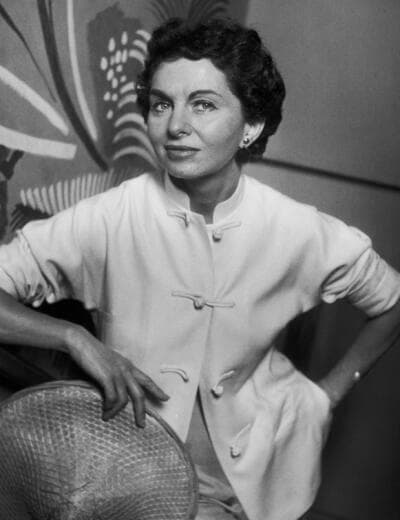
The American fashion designer Anne Klein, born in Hannah Golofski in 1923, was a pioneer who had a big impact on the country’s sportswear market. She and her husband Ben Klein co-founded Anne Klein & Company in 1968, and she was vital in establishing the contemporary ready-to-wear fashion sector. Klein was renowned for her designs’ clear, uncomplicated, and adaptable lines, which reflected an elegant but approachable style. She was an expert at designing clothes that looked great from day to night, highlighting the value of comfort and functionality without compromising style.
Although Anne Klein tragically died away in 1974, her legacy lived on thanks to the brand’s sustained success and the launch of the Anne Klein II line. Since then, the business has changed hands and adapted to the changing fashion scene, but Anne Klein’s influence has persisted, having a lasting impression on both American fashion and the idea of effortlessly stylish, ready-to-wear apparel.
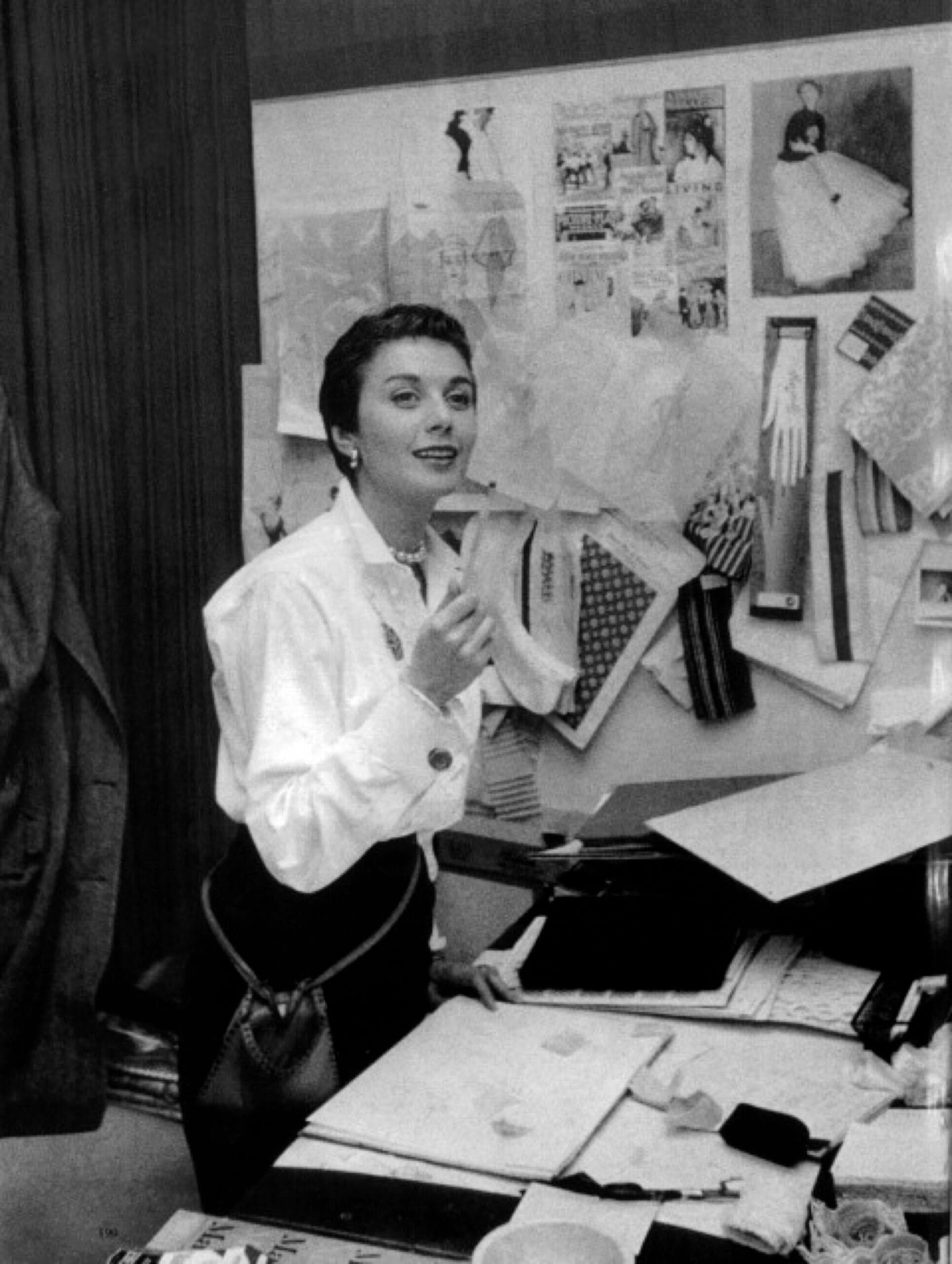
Through her extraordinary career, Vera Wang, a legendary figure in the bridal and evening wear industries, has left her mark on fashion history. Wang, who was born in New York City in 1949, began her career as a competitive figure skater before moving into the fashion sector. When Wang couldn’t find the ideal wedding dress for her own marriage in 1989, her career as a senior fashion editor at Vogue took a dramatic turn. She responded by launching Vera Wang Bridal House, her bridal wear brand, in 1990.
Wang’s designs transformed the bridal industry by straying from conventional forms, embracing opulent materials, and adding intricate, modern details. Her dresses are now recognised as the definition of class and classic beauty. Wang cemented her position as a major player in the world of fashion by extending her reach into ready-to-wear, accessories, and fragrance over time.
Vera Wang is a go-to designer for brides looking for the ideal balance of tradition and modern style because of her unwavering dedication to craftsmanship and her commitment to redefining bridal fashion, which have left an enduring legacy.
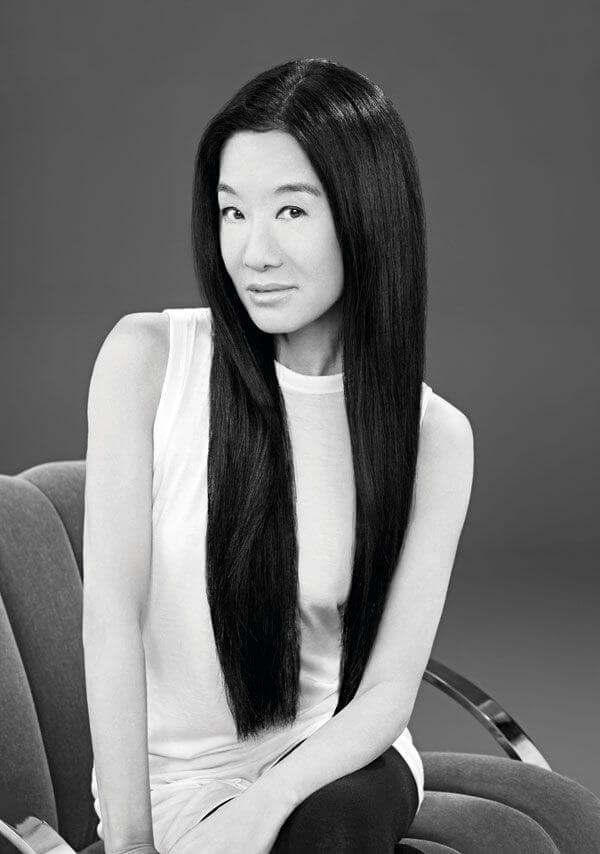
Born in England in 1941, Vivienne Westwood is a legendary figure in fashion history, known for her avant-garde designs and rebellious spirit. Westwood emerged in the 1970s during the punk rock era, and she and then-partner Malcolm McLaren were instrumental in defining the punk aesthetic and subverting conventional fashion standards.
They founded the store “Let It Rock,” which was subsequently renamed “SEX,” in 1971, and it quickly became a centre for punk culture and fashion. With their use of unusual materials, safety pins, and torn garments, Westwood’s early designs represented a radical break from conventional fashion.
With each passing decade, Westwood kept pushing the limits and became a major player in the British fashion industry. Several generations of designers have been influenced by her avant-garde and eclectic designs, which frequently incorporate historical and cultural allusions. In addition to her numerous prizes for her contributions to the fashion industry, Westwood’s dedication to activism and sustainability highlights her influence on the sector, which goes beyond trending topics and encourages a daring, self-reliant approach to style.
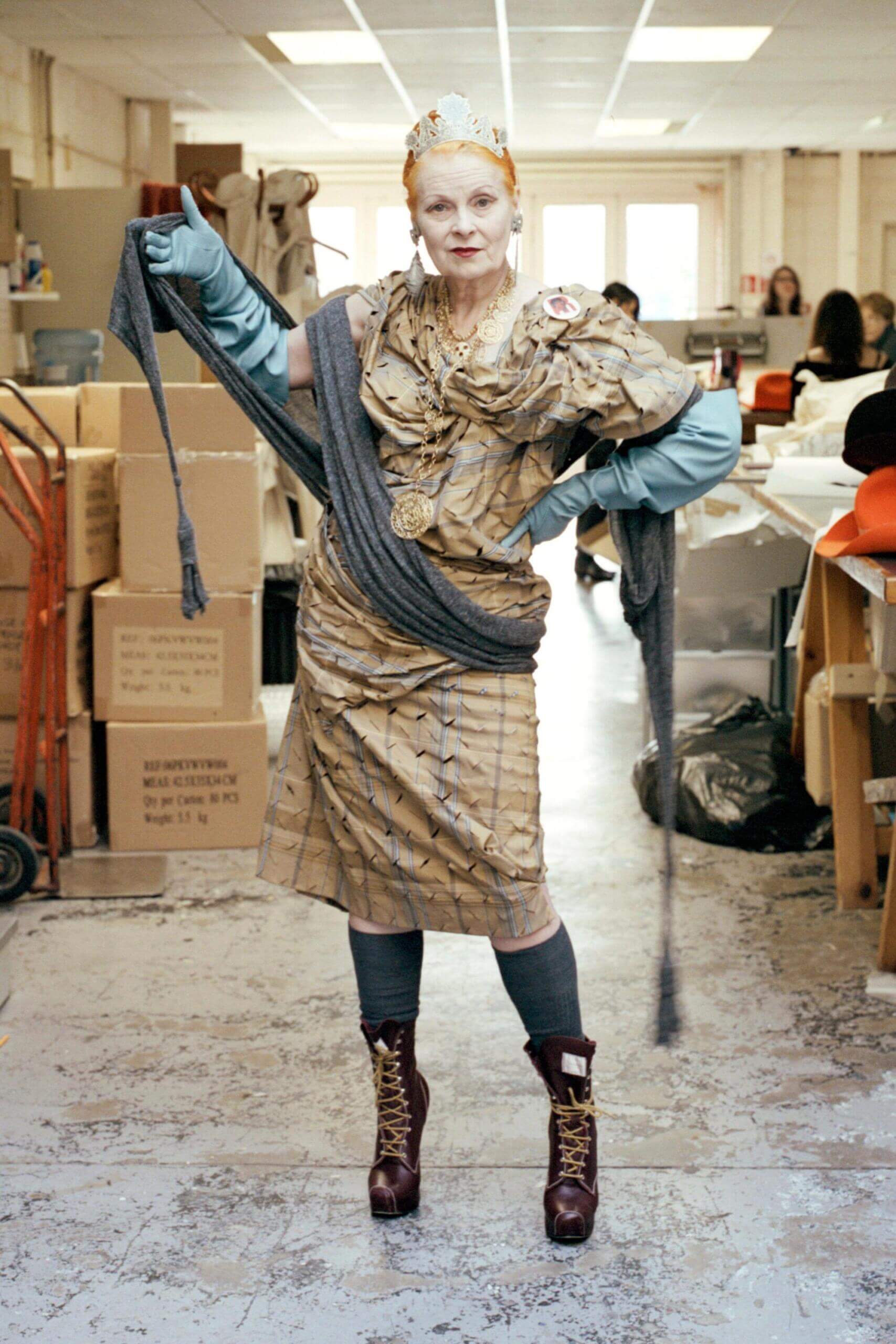
The famous fashion designer Diane von Fürstenberg was born in Belgium in 1946 and is most recognised for having designed the wrap dress. Her influence on the fashion industry is not limited to design; it also includes entrepreneurship and a dedication to the advancement of women.
When von Fürstenberg created the wrap dress, a multipurpose and incredibly attractive article of clothing that came to represent femininity and emancipation, she shot to fame in the early 1970s. Not only did the wrap dress push her to global recognition, but it also became an enduring fashion staple.
As president of the Council of Fashion Designers of America (CFDA) from 2006 to 2019, von Fürstenberg maintained her impact on the industry by supporting designers and developing emerging talent. She also supports women’s empowerment through her charitable endeavours, such as the DVF Awards, which honour women who have demonstrated bravery, strength, and leadership.
Diane von Fürstenberg’s contributions to the world of fashion demonstrate a dedication to both style and substance, leaving a legacy that goes beyond fads.

Conclusion: For this Women’s Day, we decided to celebrate it by paying homage to some of the most influential characters in the fashion history.
Read more:
PARIS FASHION WEEK 2024: THE SUMMARY OF THE EVENT
FENDI AND CHUPA CHUPS: THE FUN COLLABORATION LAUNCHED DURING MFW 2024
CURIOSITIES ABOUT PARIS FASHION WEEK SINCE 1973
NEWSLETTER
Vuoi ricevere Mam-e direttamente nella tua casella di posta? Iscriviti alla Newsletter, ti manderemo un’email a settimana con il meglio del nostro Magazine.


